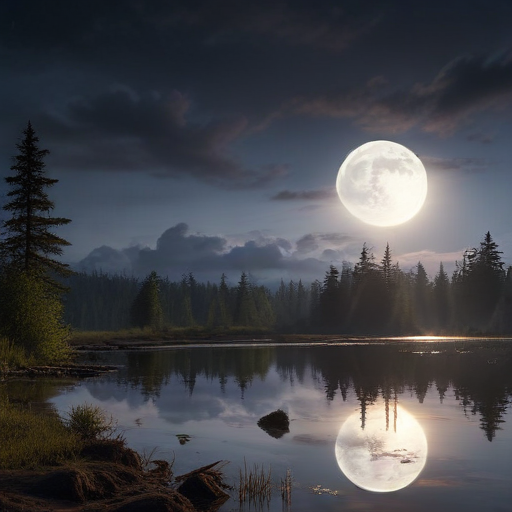On November 15, 2024, the final “supermoon” of the year, known as the Beaver Moon, will be fully illuminated. However, observers in North America will find the best viewing opportunity when the moon rises in the east on November 16, shortly after sunset.
Traditionally, November’s full moon is referred to as the Beaver Moon, named after the time of year when beavers typically construct their winter dams in the northeastern United States. This moon is also referred to as the Frost Moon or Snow Moon in other parts of North America, reflecting the onset of winter. The Anishinaabeg people designate the August moon as “Baashkaakodin Giizis,” which translates to “Freezing Moon.”
This Beaver Moon marks the fourth and final supermoon of the year, following the Sturgeon Moon in August, the Harvest Moon in September, and the Hunter’s Moon in October. The phenomenon of a supermoon occurs when the full moon is within 90% of its closest approach to Earth, known as perigee, due to the moon’s elliptical orbit.
While the moon will officially reach its fullest phase at 4:28 p.m. EST on November 15, the ideal time to observe it in North America will be during its rise on November 16. The moon will rise approximately 20 to 30 minutes after sunset across the continent, providing a picturesque opportunity for photography and stargazing.
On the night of November 15, stargazers can also spot the Pleiades star cluster, known as the “Seven Sisters,” positioned to the lower left of the Beaver Moon. On November 16, the cluster will shift to the moon’s upper right, creating a lovely celestial display.
For those interested in lunar exploration, viewing the moon through binoculars or a telescope can reveal fascinating details on its surface, albeit the increasing glare during moonrise might make direct observation challenging.
Looking ahead, the year will conclude with the Cold Moon, which will rise on December 15, 2024, offering one last chance to enjoy a full moon’s beauty in the chilly winter sky.
This event encourages enthusiasts and casual observers alike to experience the wonders of the night sky—a reminder that nature provides us with ongoing opportunities for wonder and connection.
